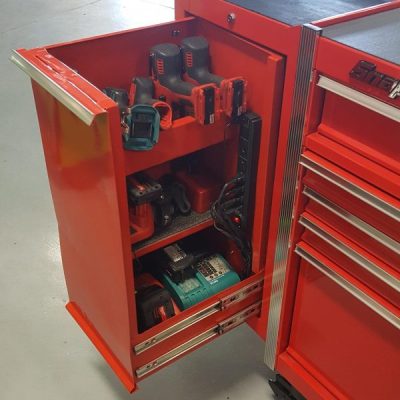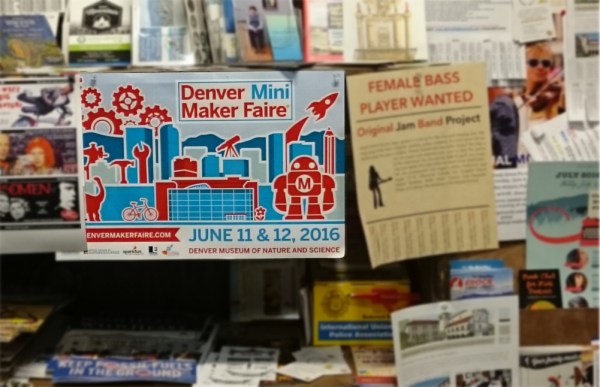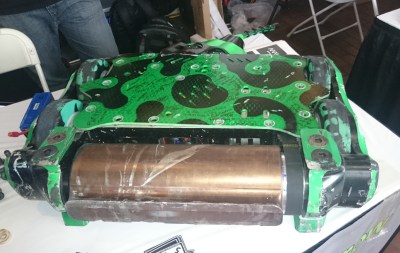Forming complex shapes in metal sheets is still a laborious process, especially if you aren’t needing more than a couple parts so stamping doesn’t make sense. That may change with Digital Sheet Forming.
While this video is basically an ad for one vendor’s approach, it gives a good set of examples of what the technique can achieve. The high pressure mechanism of the machine presses the metal layer by layer down against a silicone backing to form what you’ve designed, in this case, the nose cone for a Tucker Carioca.
Some people will decry it killing the metal forming industry, but as [Rob Ida] says in the video, it will allow metal formers to become more efficient at the work they do by taking out the tedium and letting them focus on the parts of the process requiring the most skill. Anyone who’s done any work with a 3D printer or CNC mill will know that sending a file to a machine is only one small part of the process.
We’re anxious to see this technology make its way to the makerspace and home shop. If you want to do some sheet metal forming now, why not try hydroforming?
















